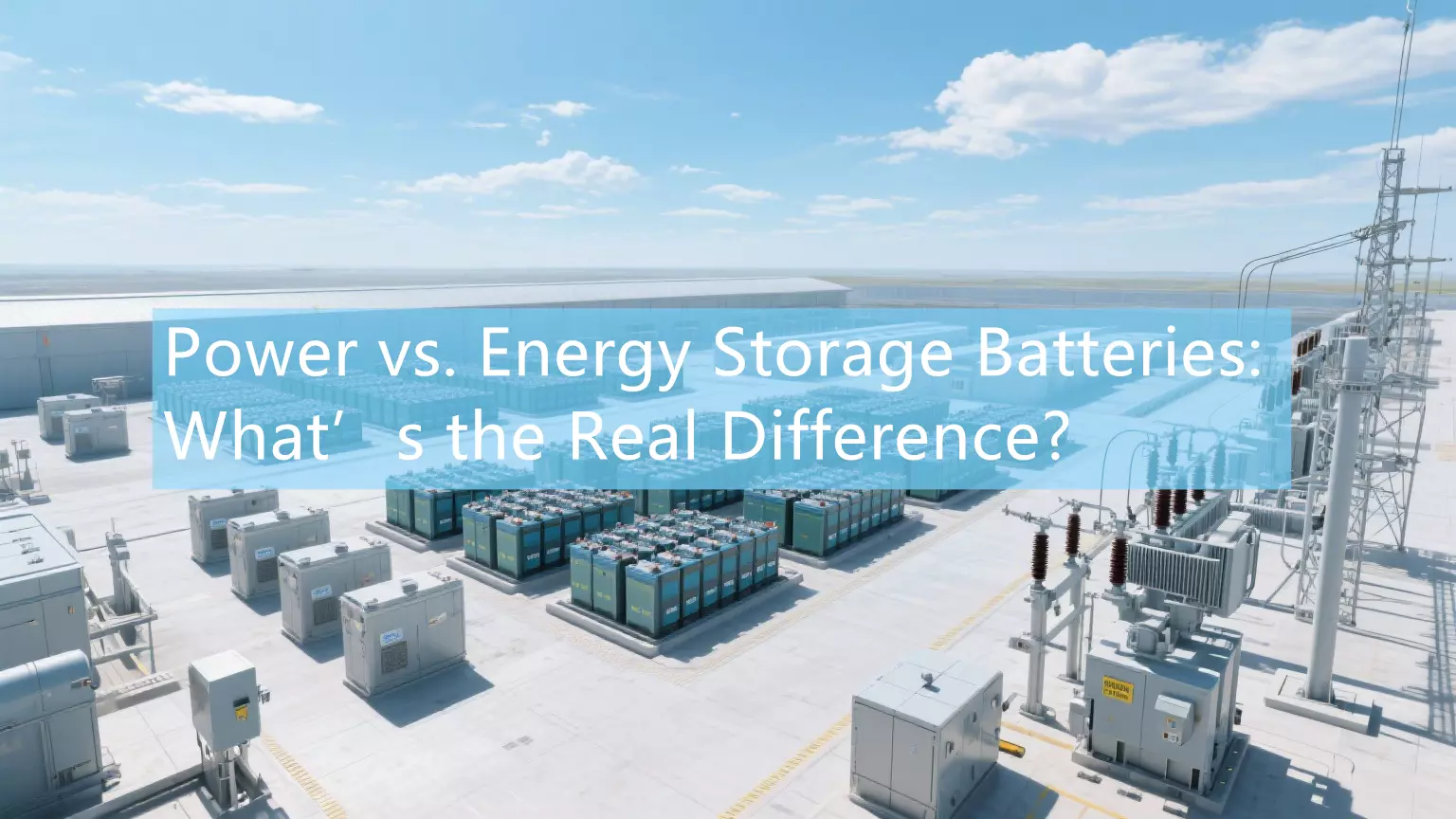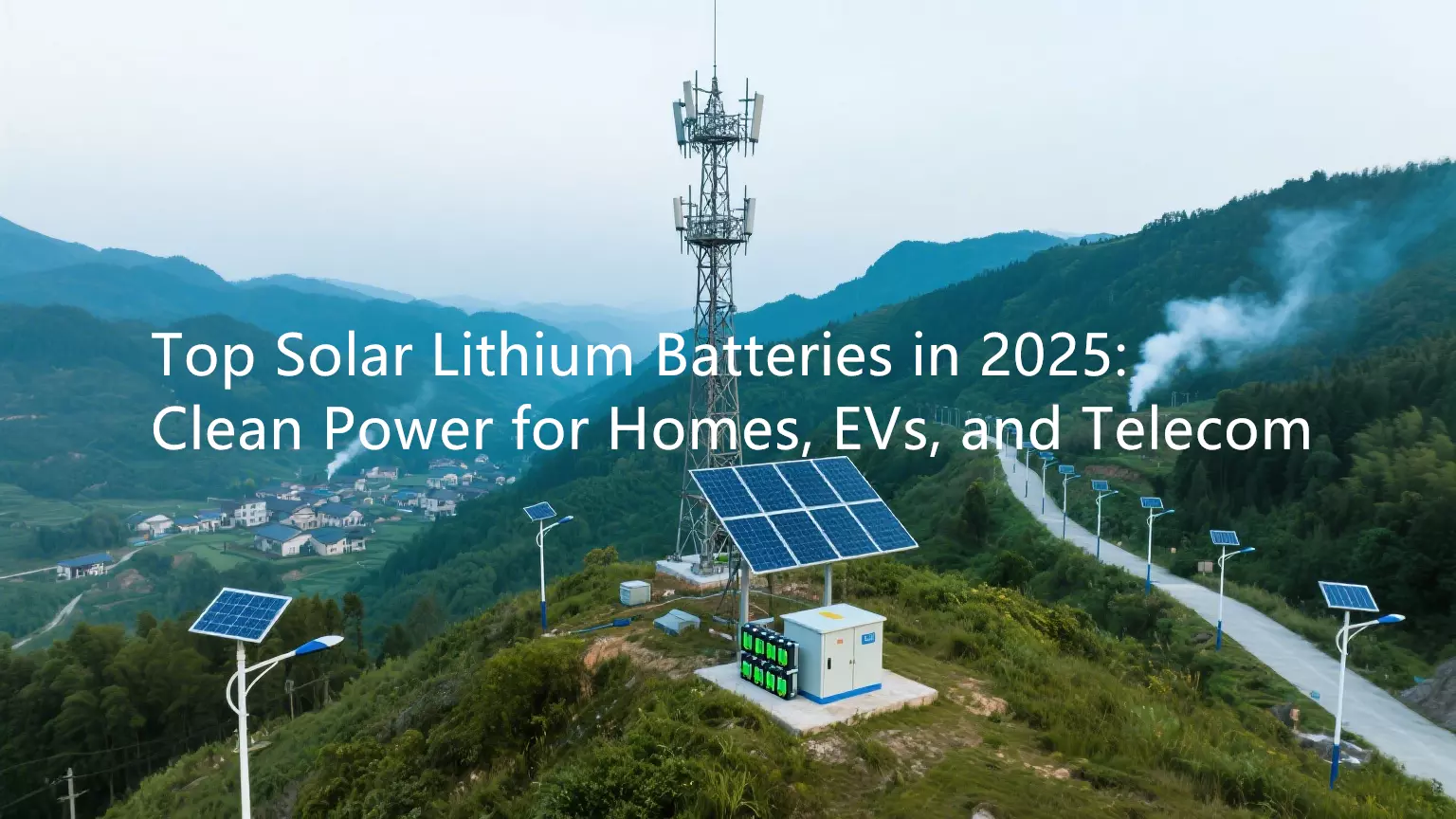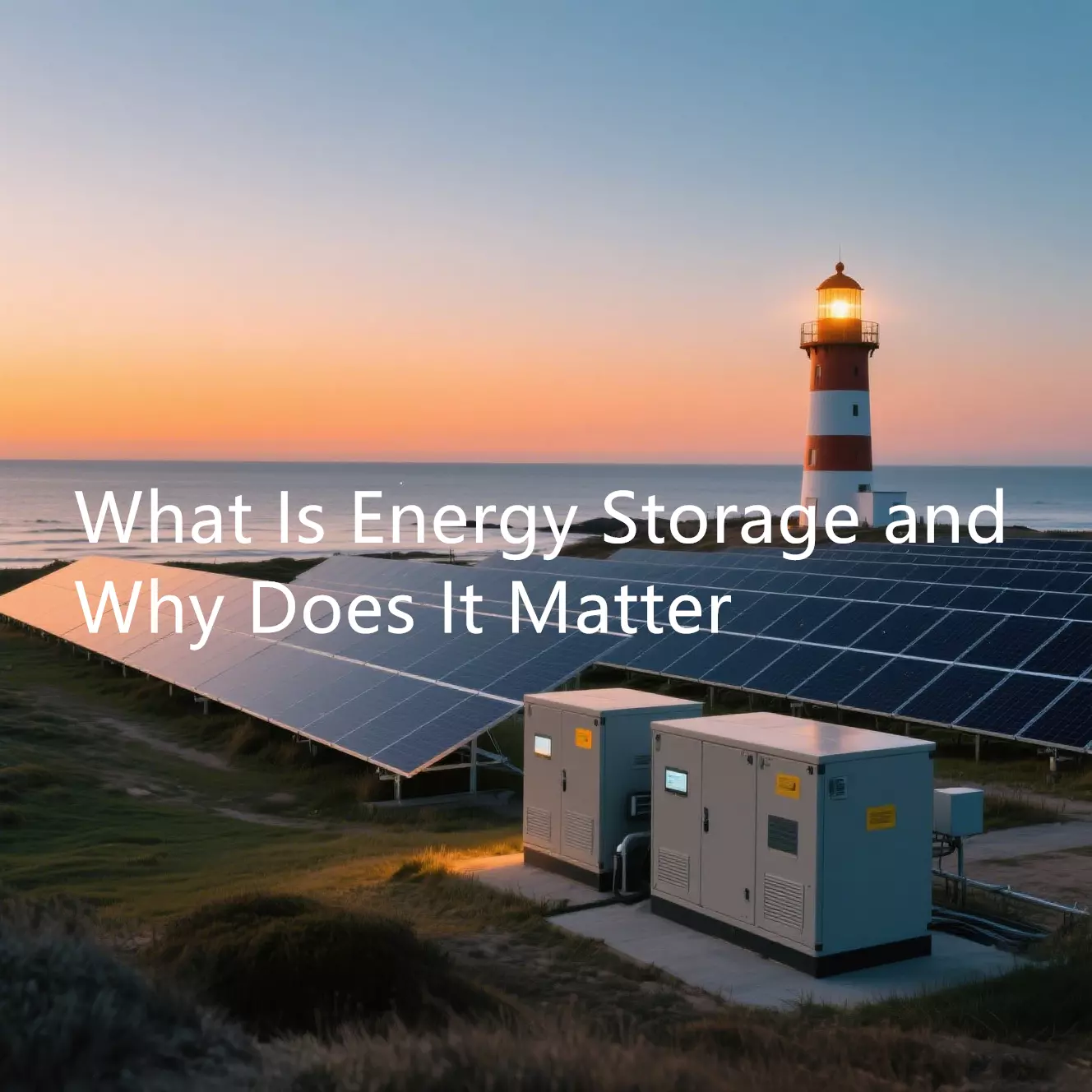Discover the cutting-edge applications of solar PV technology across buildings, agriculture, transport, and water systems—reshaping how we power modern infrastructure sustainably.
1. Building-Integrated Photovoltaics (BIPV): The Future of Urban Energy
BIPV systems embed photovoltaic cells into building elements like glass and roofs, enabling seamless integration of power generation with architectural design.
Key Developments
- Facade Integration: Solar glass with transparency, e.g., SwissTech Convention Center's 1,400m² solar facade.
- Roofing Solutions: Durable solar roofing products like Tesla Solar Roof.
- Market Growth: Global BIPV market to reach $36B by 2027 (CAGR 18.7%).
Case Study
Copenhagen International School features 12,000 PV panels on its facade, supplying 50% of its annual electricity needs.
2. Agrivoltaics: Synergizing Agriculture and Energy Production
By positioning solar panels above crops, agrivoltaic systems offer mutual benefits for food and energy production.
Proven Advantages
- Microclimate Regulation: Shade reduces water evaporation by 30% (University of Arizona).
- Land Use Efficiency: Dual-purpose use can boost economic output per acre by 60%.
- Crop Protection: Partial shading increases yields of berries and lettuce by 10–20%.
Implementation Example
France’s 4.5MW Tressange solar farm powers 4,000 homes while maintaining 95% of crop output below the panels.
3. Transportation Infrastructure: Solar-Powered Mobility
Solar PV is being integrated into transport infrastructure, turning roads, railways, and parking lots into clean energy generators.
Innovative Applications
- Solar Roadways: France's Wattway generates 800kWh/day over a 1km stretch.
- Railway Integration: UK’s Riding Sunbeams powers trains with solar along the tracks.
- EV Charging: Solar carports with storage (e.g., Amsterdam’s 15,000-panel system).
4. Water-Based PV Systems: Maximizing Space Efficiency
Floating solar systems solve land scarcity while improving panel efficiency and water conservation.
Performance Benefits
- Cooling Effect: Water boosts efficiency by 5–10% through passive cooling.
- Evaporation Reduction: Reservoir cover reduces water loss by up to 70%.
- Global Capacity: Floating PV surpassed 3GW in 2022, with China hosting 60% of installations.
Notable Project
Singapore's 60MW Tengeh Reservoir installation powers five water treatment plants while limiting algae growth.
Challenges and Innovative Solutions
| Challenge | Innovative Response |
|---|---|
| Intermittency | Hybrid systems with energy storage, e.g., Tesla Powerpack |
| Space Constraints | Vertical bifacial panels increase output by 15% |
| Recycling Needs | New recycling processes recover 95% of PV materials |
Future Outlook
According to the IEA, PV will contribute 60% of global renewable capacity growth by 2030. Emerging solutions such as perovskite-silicon tandem cells—with lab-tested 33% efficiency—promise even broader application and cost-effectiveness.
Conclusion
Solar PV is no longer limited to rooftops. From skyscraper facades to crop fields and highways, photovoltaic systems are revolutionizing how we power the world. As costs continue to decline—an 82% drop since 2010—the path to global decarbonization becomes clearer with each innovative implementation.





